A two-week MVP: Parity is building a "daily usable" Web3 for Polkadot!

With Gavin's return and Parity's core focus shifting from building protocols to developing products, Parity's product department has been receiving increasing attention. In this episode of Space Monkeys, we invited Karim Jedda, Director of Product Engineering at Parity.
Just like Gavin Wood, Karim is someone who thoroughly turns “curiosity” into productivity.
- He once locked his phone in a black box to test if it was “eavesdropping” on him;
- He designed a physical Polkadot “token” with NFC over a weekend;
- He enabled three AIs to debate and vote on-chain;
- He even incubated a system on his home server that lets AI automatically write dApps.
In this in-depth Space Monkeys conversation, you'll see a different Parity: no longer just optimizing blockchain performance, but truly making Web3 a part of daily life—tangible, understandable, and directly usable—by building MVPs in just two weeks!
Karim summed up his approach to building the world in one sentence: “If an idea takes root in my mind, I have to make it happen.”
This episode is a special interview about products, creativity, and how Web3 can truly be used in the future!
Keep reading to learn about Parity’s current product philosophy and work atmosphere!

Parity Director of Product Engineering: Curiosity Drives Everything
Jay: Welcome to the latest episode of Space Monkeys! Today, we have Karim Jedda, Director of Product Engineering at Parity. In the current environment, his role is more important than ever. Welcome to Space Monkeys!
Karim: Thanks for the invitation, Jay!
Jay: It's great to have you! I've always admired you—you love tinkering with new things and are willing to share them. What new projects have you been working on lately?
Karim: I do these things mainly out of passion. After all, this job involves a lot of meetings, discussions, and plenty of uncreative work. I like to work on projects that let people intuitively experience the results of blockchain technology—so they can participate, observe, and feel the possibilities blockchain brings without having to dig into the complex mechanisms behind it. That's why I do some generative art (like NFTs) and tell people, “See, this is actually simple.” I use my spare time to create. I also 3D print tags with NFC chips, hoping to get more people into the Polkadot ecosystem, and I do some small hardware experiments.
Jay: Oh right, at the Web3 Summit, you gave me a 3D-printed Polkadot logo.
Karim: That's right~ There’s a small NFC chip embedded inside. My idea is to use this physical object to guide people into Polkadot, not just send them a link. It's a “token” you can actually hold. That’s one of my side projects. There are also more complex ones, like a platform incubating on my home server that can automatically develop decentralized applications (dApps) using AI tools. The technical foundation comes from my experience developing CyberGov. Back then, we did an experiment where three AIs voted on-chain…
Jay: Oh, wait, let's take it slow. CyberGov is made up of three AI agents that collaborate to reach the optimal voting result, right?
Karim: You could put it that way, but strictly speaking, they're not collaborating. They're three independent agents each voting, and the final result is the aggregation of their votes.
Jay: Got it, so it's about reaching some kind of consensus.
Karim: Exactly. Each AI has its own “personality,” or rather, slight algorithmic differences that make them prefer different proposals. Their role is more like a “filter” for proposals, not a higher-level intelligent decision-maker. My idea is that as the models iterate and upgrade, we can swap out models but keep these “personality settings,” hoping to continually improve decision-making.
Jay: What did you use as a reference for designing these “personalities”?
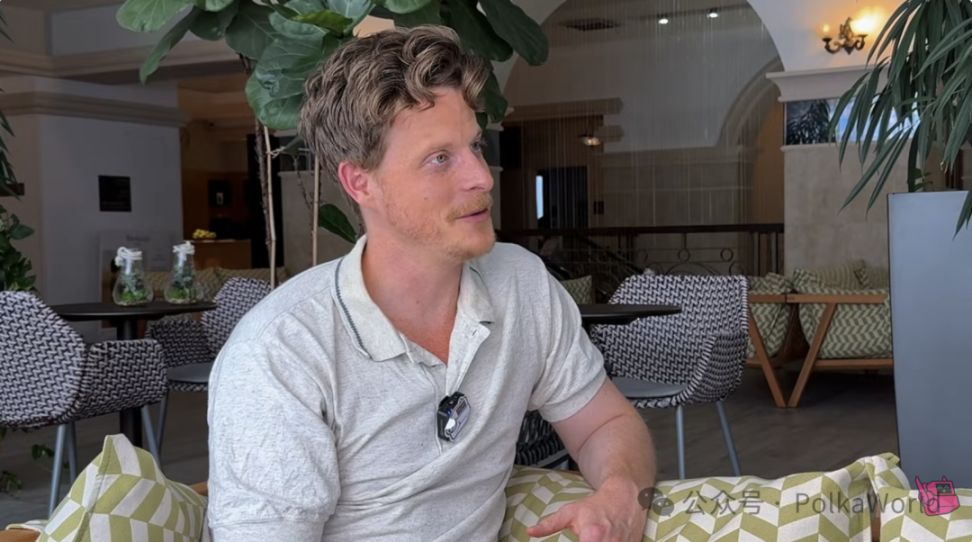
Karim: One is a “strategist,” focusing on overall strategy; another is like an “investor,” focusing on investment returns; and the third is somewhere in between, roughly an “economist.”
These are just directions I want to try. The community can also suggest other “personalities,” and we’ll integrate them. A few people have already contacted me and shared some great ideas—I just haven’t had time to implement them yet. This project uses the latest advances in AI development—we no longer send prompts directly to the model, but write programs to generate prompts, yielding optimal results. This is a completely different approach. Based on this research, I’m developing a system that lets you automatically generate decentralized applications as you think.
Jay: I remember Elon Musk is doing something similar. He recently founded a company called MacroHard.
Karim: I haven’t heard of that. What do they do?
Jay: You know Microsoft, right? MacroHard, as I understand it, is a company where AI automatically writes software.
Karim: That’s definitely the current trend, because it’s a tool worth leveraging. Those who master and use it fastest will have an edge over those still using chat interfaces.
Jay: Absolutely. So how is the CyberGov project going? How effective is it?
Karim: At present, it can already submit votes, interact on-chain, and add comments. The overall effect is still unclear, as we haven’t seen it engage in substantive discussion on specific proposals yet. But it definitely has basic functionality. To say it will immediately change the world or disrupt Polkadot’s governance model is premature—we’ll need further iterations and upgrades. The V0 version is essentially a low-key experiment.
Jay: Okay, I remember you had another project where you deliberately used ad trigger words to interfere with your phone? What was that?
Karim: That experiment is called “Gaslight Garage.”
Jay: Right, sounds a bit unsettling, haha.
Karim: Yeah, have you seen “Clockwork Orange”?
Jay: Of course! That’s what I thought of when I saw your experiment.
Karim: Right, but we’re “torturing” the phone, not people, haha.
Jay: So it’s like keeping the phone’s sensors in a constant “receiving state”?
Karim: Exactly. That post got over a million views on Twitter and was my first viral content. The experiment is simple: put the phone in a box, place a speaker next to it, use AI to generate audio, and continuously feed signals to the phone. If the phone is really “listening,” it might pick up certain keywords and push related ads to me.
Jay: Did you use a new phone or your own?
Karim: My own, my second phone for personal communications.
Jay: So what were the results?
Karim: Nothing special so far. I haven’t received any weird ads for vacuum cleaners or anything. I guess maybe the experiment needs to run longer, or I need to keep using those apps while doing it. But I haven’t tried those scenarios yet. So now the phone just sits there unused. I’ll have to think more about it. I think it got attention because it struck a nerve—some people are convinced “phones don’t listen to us,” others think the experiment is interesting and might prove something.
Jay: Wow, okay. Your experiments really span a wide range. I feel like you’re really just satisfying your own curiosity, right?
Karim: Exactly. Once an idea pops into my head, I have to make it happen, or I can’t focus on anything else. Sometimes I can’t even eat or feel anxious—if the idea isn’t realized, I can’t work normally. Honestly, it’s a problem, because sometimes I have more important work to do, but I just can’t help but make these ideas real first. So sometimes I’ll make a prototype and release it to see people’s feedback. My attention is completely drawn by whatever I find interesting at the moment—I can’t help it.
Jay: I get you. Is there anything you’ve always wanted to do but know you’ll probably never have time for, and feel a bit regretful about? Tell us!
Karim: I’ve always wanted to make a truly decentralized on-chain data query tool. Like Dune, but fully decentralized. But this idea hasn’t moved forward—the core issues aren’t solved. If someone in the community wants to take it on, that’d be great. The industry really needs this kind of tool.
There are also some car-related ideas. I want to port Tesla’s Sentry Mode to regular cars—basically using a Raspberry Pi and an uninterruptible power supply so the car can keep monitoring its surroundings after the engine is off.
I’m also working on an NVR—do you know what that is? It’s a device that connects surveillance cameras to a host for analysis. Traditional NVRs can only do simple motion detection, but now we can do much more, like sending detected images for facial recognition, counting how often the same person appears, etc. More interestingly, you could even add some blockchain mechanisms—if a camera is tampered with, other cameras can automatically reject its footage. Exploring these intersections is fascinating. Of course, I have about two hundred more ideas, haha. When I have time, I’ll release them as quickly as I can.
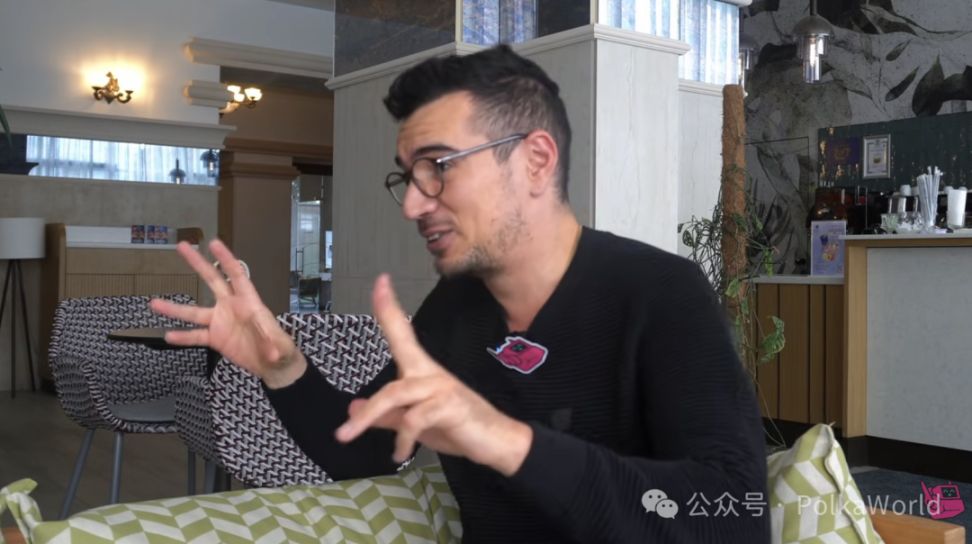
Technology Shouldn’t Only Serve Geeks—Web3 Should Create “Net Positive Value” for Society
Jay: Besides these small experiments, why do you think products are so important in Web3?
Karim: I think a lot of ecosystems are already discussing this. People use “products,” not “protocols,” and certainly not base-layer infrastructure for daily tasks. For example, you’re recording this show using an iPhone and a Sony camera, not blockchain primitives. So we need a “simplification layer” so 99% of people can benefit from blockchain’s value and features, while avoiding risks from complex operations. This is both our responsibility and a necessity for technological development—we need to popularize technology and give users capabilities Web2 tools don’t have, like censorship resistance, permissionless access, and basic financial infrastructure.
Many features we take for granted are actually habits formed from long-term use of an ecosystem. We need to break these mental models, simplify processes, cut unnecessary steps, and build solutions that let users easily experience the advantages of blockchain.
Jay: As a Web3 product developer, have you thought about the risks and responsibilities you bear?
Karim: Of course. Any technology that enables new capabilities comes with responsibility, especially when you’re pushing boundaries and doing things society hasn’t fully accepted yet. Society isn’t static—it’s always evolving. What we should do is create “good products” and “things that benefit society”—that’s a goal worth pursuing.
If someone uses it for bad things, it’s uncomfortable, but unavoidable. We can only try to ensure 99% of use cases are positive. Even good tools can’t completely prevent abuse—this is true for Web3 and for cash: it can be used to donate to stray cat shelters (which I encourage), or for bad things. The key is how to make Web3 products achieve “net positive value” globally, rather than obsessing over unavoidable negatives.
Jay: But do you worry about legal liability? For example, if your product unintentionally becomes a favorite tool for criminals, would that weigh on you?
Karim: Honestly, as someone who builds tools and writes software, I don’t operate these products or profit from others using them, so I’m not too worried about legal liability. Unless using Web3 itself is made illegal—then it wouldn’t just affect me, but many others. But I’m in a Western country, where we have some freedom and can do meaningful things. Tech companies should drive technological and social progress. I hope these worries never come true.
Gavin’s Focus: Two Types of Products—Life (Daily Life) and Space (Real-World Interaction)
Jay: Well said. Now that Gavin is back as Parity’s leader, this is his company, and his vision is “to build products.” But actually, you started pushing Parity’s product direction before he returned, right? I remember you initiated this direction.
Karim: Yes. The Product Engineering department has been around for about a year. Our initial hypothesis was that by developing products, we could better understand the protocol. In fact, we were already doing this before, like with DotLake, which is essentially a product. Or Data Website—we wanted people not just to download raw data in CSV format, but to see charts, share data, and intuitively understand what’s happening in the Polkadot ecosystem. Later, we expanded to other directions, like having the infrastructure team provide database snapshots to help users quickly set up nodes.
So at first, we wanted to build products that “lower the barrier to Polkadot development and accelerate ecosystem development.” But now the focus is different—it’s on building “products for Web3 users,” making sure we’re building “what users really need,” which is different from the original goal of the Product Engineering team.

Jay: I see—the core is to provide truly usable tools. Before, we wanted to make Polkadot easier to use; now, it’s about making users’ lives easier in specific scenarios. Gavin is now focusing on two types of products: Life (daily life) and Space (real-world interaction). Which are you personally more interested in?
Karim: I’m more interested in Space.
Jay: Me too! What specifically attracts you?
Karim: Essentially, all “physical interactions that could be supported by blockchain”. Like the proof-of-concept I mentioned with cameras and device synchronization. Also, offline experiences, such as the demos at the Web3 Summit or some experimental projects shared at today’s Parity team-building event—one hackathon project even won an award.
Jay: Which one? I missed it—I was interviewing someone else.
Karim: It’ll be made public later. But the general direction is to let people feel the real effects of “holding keys” or “owning some crypto device” through flexible, interactive experiences between the real world and the blockchain. I’m being intentionally vague—stay tuned for updates. When the product is polished enough, we’ll show a demo.
Gav’s idea is to build products that add fun to people’s lives, not, as I said before, make people “do a bunch of homework” just to get things done. Like the on-chain voting app Erin demoed today—it’s fully on-chain, but many people had to claim tokens first, some had to use a faucet to get test coins. We need to keep improving these experiences—the top priority is “zero barrier to entry” for users.
There are many more Space-type products, like in the real world—why can’t you pay directly with your on-chain wallet in a store? No cards, no intermediaries, no extra steps. The innovative value of such scenarios is huge, and there are countless similar ideas. The key is imagination, and of course, feasibility validation.
Jay: Right. Gav mentioned at the Parity team-building that he wants to make the product iteration cycle “one MVP every two weeks”—that is, a prototype or proof of concept every two weeks, launched quickly. But it might not be possible at first, because he wants to discover what middleware we need by building products. Once the foundation is ready, iteration speed will naturally increase. From your perspective, how do we get from the current state to this rapid iteration, rapid prototyping stage?
Karim: William and my team made a great point yesterday: in Web3, many technical decisions don’t require much effort—we just run at blockchain speed, without worrying about service architecture, database design, etc. This greatly simplifies iteration.
This product-driven protocol development model—where product needs drive protocol design—is very valuable. For example, does the blockchain need to be faster? Does it need more storage? These key questions should come from product-driven scenarios. I think this is the right direction. Is it feasible to push MVP development and exploratory work to “one prototype every two weeks” from where we are now? I think it’s totally doable. Especially with the AI tools, automation, and growing product development experience I mentioned earlier, our product capabilities will keep improving. Then we’ll have multiple product squads—building products, MVPs, quickly validating and testing feasibility. The key is how fast the chain can be optimized. If storage is too slow, other products might get stuck. So before the solution is in place, we need some transitional solutions that solve the problem without violating Web3’s core values and philosophy.
In short, I think it’s totally possible. It’s hard, but we have enough tools today. Five years ago, I’d have been more cautious.
As a Developer, I Enjoy Coding; As a Manager, I Lead by Example
Jay: As a manager leading this important project, what’s your strategy? How do you turn raw talent and potential into a cohesive, product-building team?
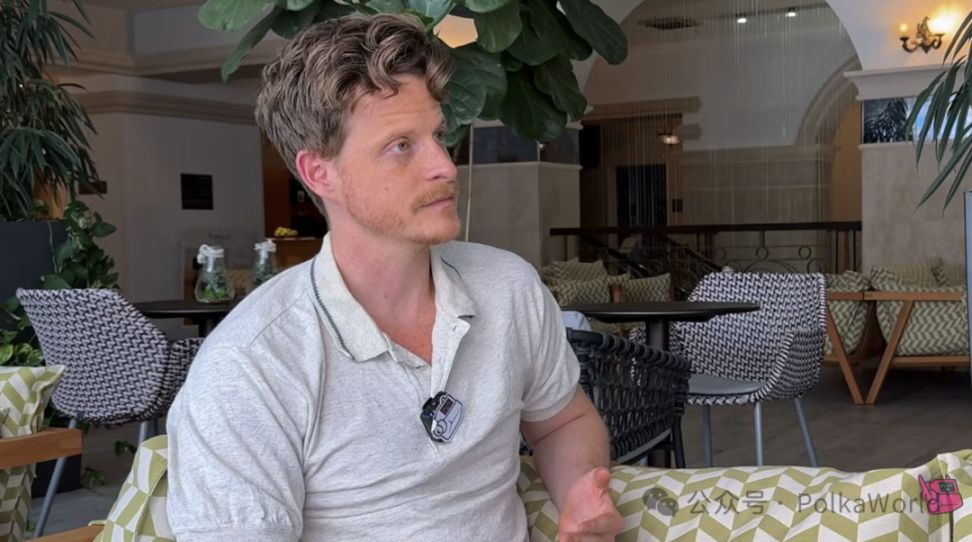
Karim: First, I prefer “persuasive leadership.” That means getting the team to understand why we’re doing something. For example: why build a fully Web3 tool? What are its advantages? Getting everyone to genuinely buy into the mission is the core motivation. Then, I provide the necessary support: access to documentation, opportunities to consult senior developers, and coordinate communication and priorities. I also set clear timelines, like telling everyone “we need to achieve these goals in Q4, then review and plan for Q1.”
I need to support the team and lead by example—as you’ve seen, I also participate in product development. I don’t want to be a manager who just gives orders. I want to share: “This is what I made, let’s compare and learn together.” I try to participate in every team—not because I have time, but because it creates the most value. Some teams get stuck because they don’t know which direction to go. I join a meeting, clarify things, and the problem is solved.
Finally, and very importantly, I keep close communication with the team, helping them clear all obstacles and uncertainties. Many of the winning hackathon teams you saw today are from the Product Engineering department. I want to support them: from coordinating daily management to the sense of achievement from development, to the joy of seeing users use the results. My goal is to guide them to complete projects, show results to users, and iterate together. Of course, I’m happy to participate myself. It’s a fun challenge.
As a developer, I enjoy coding more. But as a manager, I think my role is just as important, even if these contributions aren’t immediately recognized—the “timelines” are different.
When Is a Product “Finished”? What’s the Success Standard?
Jay: As a leader, how do you judge when a project is finished? Building a proof of concept is one thing, but a widely used product is another.
Karim: We have different stages. The whole plan is still early. First, we test internally at Parity: small-scale trial runs, collect feedback, do basic QA. Once the product passes internal validation and Web3 features work, the only thing that matters is user adoption, user data, and growth—classic product KPIs, easy to track and understand.
The core question is: Are users using it? Are they satisfied? Will they stop using it because of some feature issue? If there’s a problem, we rethink and iterate. So the success standard after launch is clear: user adoption, retention, and whether it benefits the Polkadot ecosystem.
What Advice Do You Have for Web3 Builders?
Jay: Great. Now I want to ask, for listeners who are passionate and full of ideas but struggle to “take action,” do you have any advice or tips? How should they start?
Karim: I have a saying: A journey of a thousand miles begins with a single step. This is my personal experience, not universal advice. I look for the “smallest viable first step” to get things moving. This step might not succeed or realize the full vision, but at least you find the easiest thing to do now and push progress forward.
For example, if you want to use AI tools to start an idea, or get someone to test a hypothesis or pitch a concept, there are many ways to achieve your goal. But the core principle is: get something into real users’ hands as soon as possible. Some ideas are abstract and hard to model quickly, but if it’s important to you, find someone who can give real feedback. In short: take small steps, iterate quickly, simplify the process if needed, and make a prototype before optimizing. Truly useful information comes from the real world, not datasets—only when users actually use it and say “good” or “bad” can you keep improving.
Also, don’t get discouraged easily. Web3 can be tough: you can’t find the right documentation, and no one wants to answer your questions. That’s why I feel responsible: even the smallest teams in the ecosystem should “have a place and a voice.”
If you want to contribute to real Web3, you’re very welcome—there’s definitely a place for you here. If needed, you can contact me with questions. In today’s world, every small contribution to making Web3 a reality is valuable.
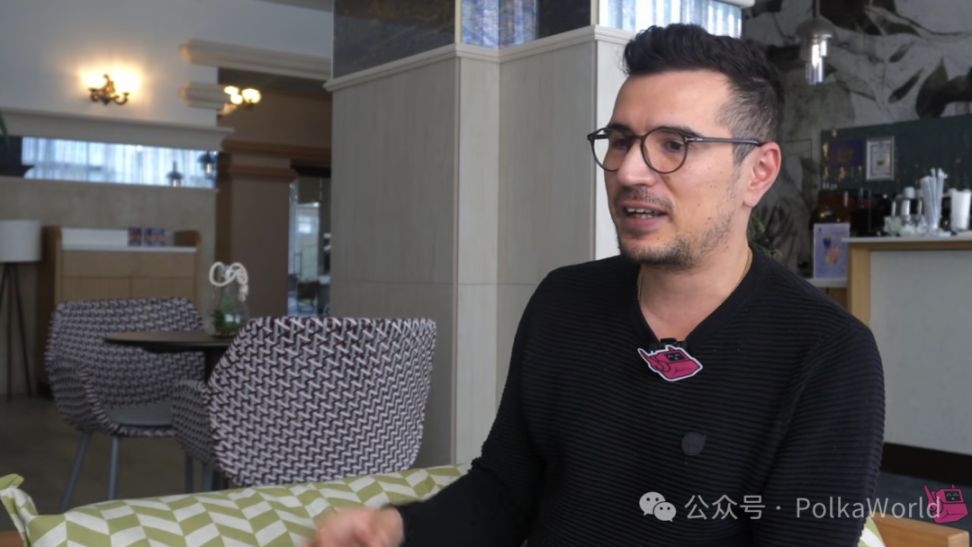
Jay: Awesome. Karim, it’s great to have you on the show, and even better to have you shining in the ecosystem. You’re right—it’s always a pleasure to ask you for help, and you’re always willing to lend a hand and solve all kinds of problems. Thank you so much for your work and for joining the show.
Karim: You’re welcome, and thank you. This conversation was really meaningful. I’m honored to have the chance to share some of my thoughts. I hope in the coming years, you’ll invite my team members to showcase our products and development process, making Web3 more “human.” Because that’s what we sometimes lack: Web3 is full of APIs and abstract concepts, but it’s people driving it, and ultimately, it’s for people.
Jay: That’s exactly what we want! Wonderful, thank you so much!
Disclaimer: The content of this article solely reflects the author's opinion and does not represent the platform in any capacity. This article is not intended to serve as a reference for making investment decisions.
You may also like
ETH whales uneasy as onchain, derivatives data reduce chance for rally to $4K
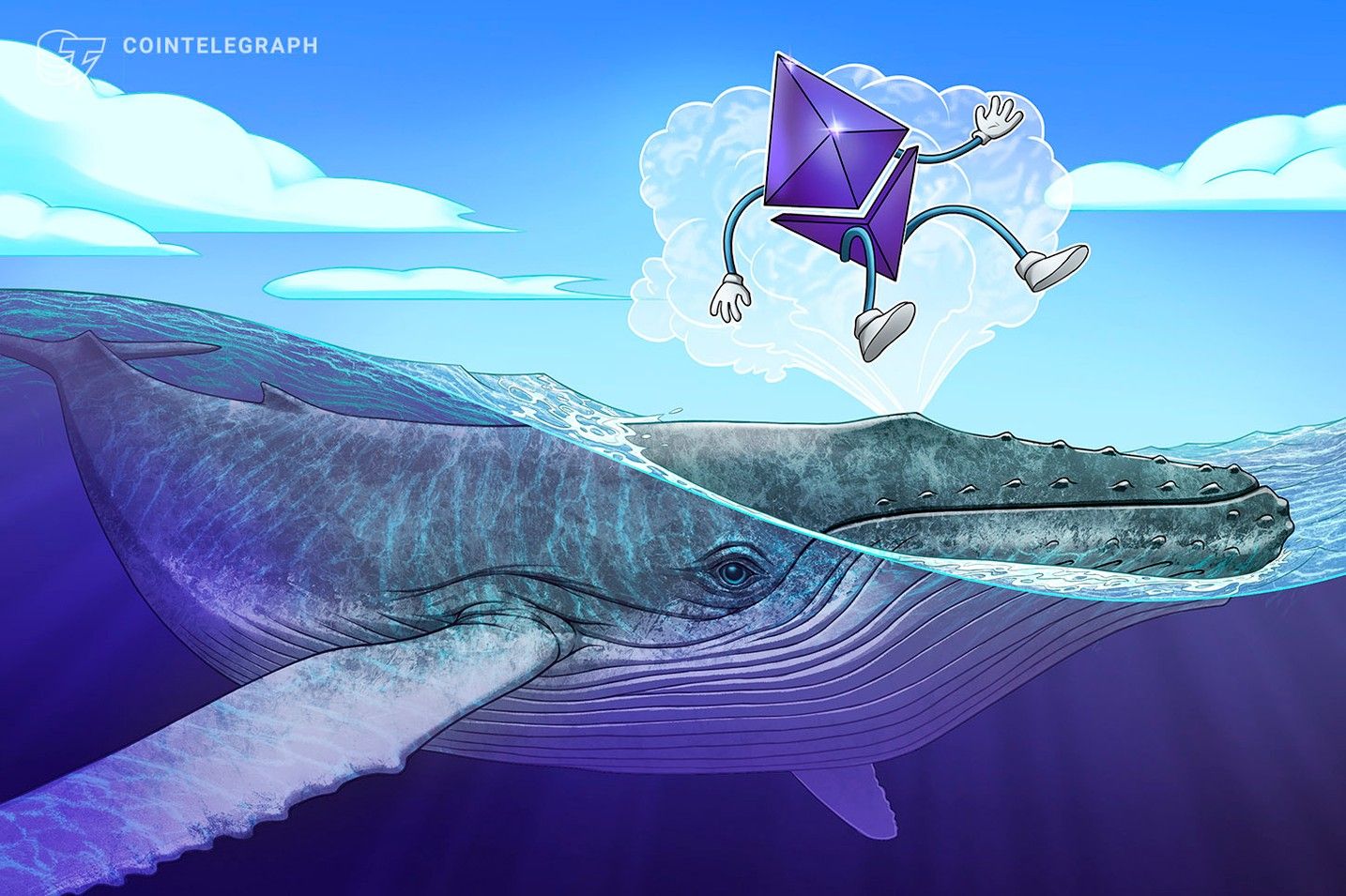
ECB official Kazaks warns: "It is too early to talk about rate cuts," inflation risks remain a concern
European Central Bank official Kazaks has warned that it is too early to discuss interest rate cuts, dampening market expectations.

Explore Cryptocurrency Market Trends as Bitcoin Price Falls
In Brief Bitcoin's price declines to $90,500, raising market concerns. BTC and ETH ETFs maintain positive trends despite some outflows. SOL, XRP, and DOGE ETFs show promise with steady inflows.

